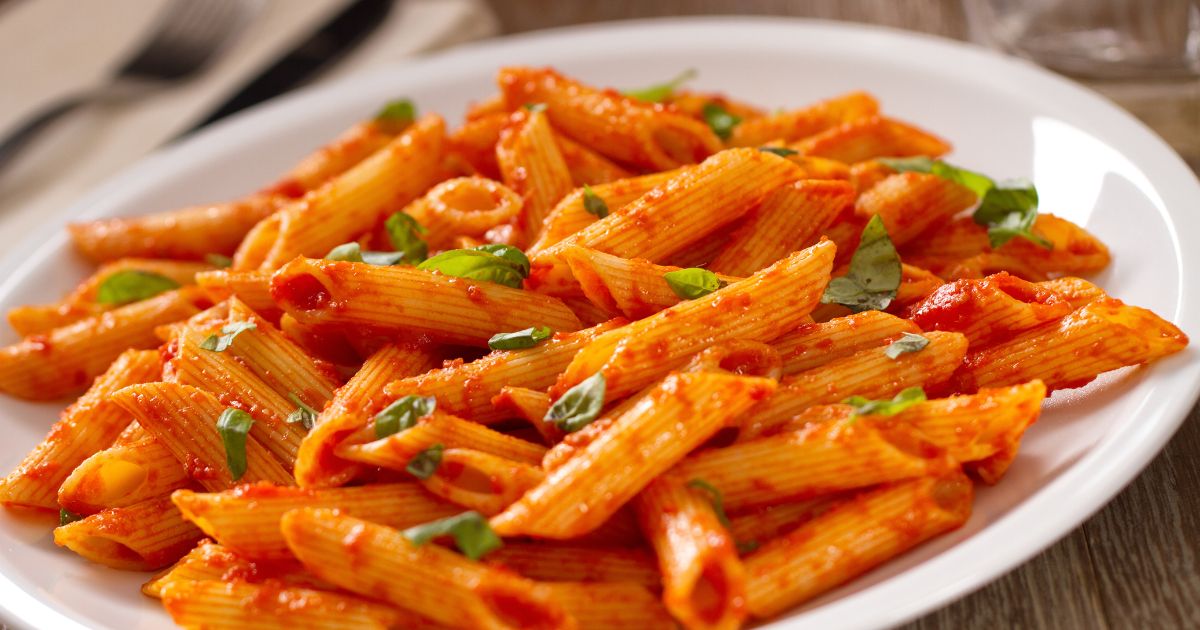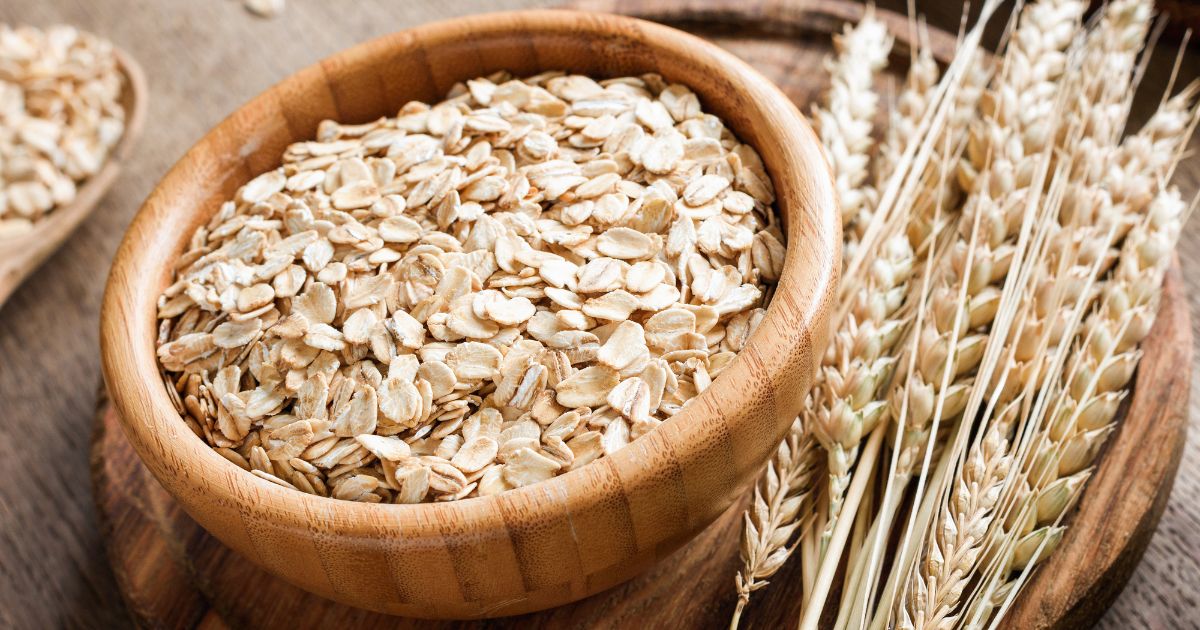However, many people’s diets fall short of meeting their needs for magnesium. There is no straightforward method for measuring magnesium in the body, making it difficult to determine if you have a deficit. Although a blood test for magnesium is the most popular method, the majority of the body’s magnesium is found in cells and bones. The advantages of Magnesium Glycinate vs Citrate for a variety of medical issues are a topic of continuous discussion amongst medical professionals.
Over-the-counter although there are magnesium supplements, several drugs, including antibiotics, may interact with them. Furthermore, ingesting excessive amounts of magnesium can be bad for your health. As a result, it is advised to consume magnesium-rich foods. Be careful to discuss the best ways to include this essential mineral in your diet with your healthcare physician.
Magnesium is only absorbed by the human body through eating. Magnesium makes up roughly 20–25 grammes of the adult human body, and the bones hold 60–70% of that amount. The health experts recommend 340 mg of magnesium for men and 310 mg for women per day.
Muscle spasms, an elevated risk of heart disease, diabetes, high blood pressure, anxiety disorders, migraines, osteoporosis, and cerebral infarction can all result from a magnesium deficit. In contrast, taking too much magnesium might make you sick as your body tries to get rid of the excess.
Why Magnesium Is Important
The Food and Drug Administration has established 420 milligrams of magnesium as the Daily Value (DV) for men and 320 mg for women. Some migraine sufferers take greater doses of magnesium to avoid headaches, but a doctor should monitor that course of treatment. Since you will probably receive some magnesium from food sources, you shouldn’t take more than 350 milligrams of a supplement. Magnesium is a common ingredient in laxatives and heartburn medications. If you regularly take such medications, you should take their contents into account when deciding if you require more magnesium.
High-magnesium foods include
Pumpkin Seeds
You may easily meet your daily requirement of magnesium with a 1-ounce serving of these super seeds, which has 168 milligrams of magnesium. Not only do pumpkin seeds include magnesium, but also tryptophan, which aids with mood, sleep, and stress management. Try adding them to smoothies, and salads, or mixing them into seed butter.
Spinach
While several leafy greens contain magnesium, spinach tops the list with 78 milligrammes per 1/2 cup of cooked leaves. One of the healthiest meals you can eat is spinach because it will help you acquire more of the daily requirements for iron and vitamin A. Spinach can be used in little amounts to smoothies for a barely noticeable nutrient boost or incorporated into omelettes for a delectable side dish.
Cashews
The cashew is another fantastic nut option, and one ounce of it contains 74 milligrams of magnesium. Cashews include a variety of minerals, including manganese and copper, as well as heart-healthy unsaturated fats, while having somewhat less protein than almonds. To give soups and dips a surprisingly creamy, dairy-free feel, try blending cashews.
Avocados
One medium avocado has 58 milligrams of magnesium in addition to potassium and good monounsaturated fats, which should give you one more reason to adore this leafy green fruit. There are numerous ways to regularly consume avocado, from grain bowls to sweets. Sprinkle a little salt and olive oil on half of an avocado for a straightforward snack.
Dark Chocolate
The sweetness of cacao has increased! It is simple to justify that after-dinner square (or two) when you consider that a 1-ounce amount of dark chocolate contains 50 milligrams of magnesium. To enjoy all the advantages, which also include high quantities of antioxidants and anti-inflammatory flavonoids, choose chocolate with at least 60 per cent cacao.
Peanut Butter
You don’t like almond butter. No problem—everyone’s first favourite nut butter has 8 grammes of protein and 8 milligrams of magnesium per 2 tablespoons. Avoid items that have added sugar or oils; ideally, the container should simply identify peanuts as an ingredient.
Fish
Salmon, mackerel, and halibut are fish with high magnesium concentrations. Additionally, they contain a lot of protein, which helps the body absorb magnesium. Eating the aforementioned foods will boost your intake of magnesium. When it comes to your diet, make wise choices. Speak to the top nutritionists and trainers in India to learn more about your options.
Wheat Bran
Wheat bran is a great source of dietary fibre and is also high in magnesium, manganese, selenium, and phosphorus, among other minerals. It has a reasonable quantity of protein per serving and is low in calories and fat. About 171 milligrams of magnesium (43 per cent of the Daily Value, or DV) can be found in one ounce (or roughly 28 grammes) of wheat bran. With only 60 calories, only one item provides almost half of your Daily Value. Wheat bran serves as a prebiotic and promotes the health of your digestive system. Probiotics are not broken down by the human body, therefore they pass through the digestive system undigested.
Final Words
These are some important foods which are rich in magnesium and can be used by people. For a balanced diet, it is important to consult with food experts.




